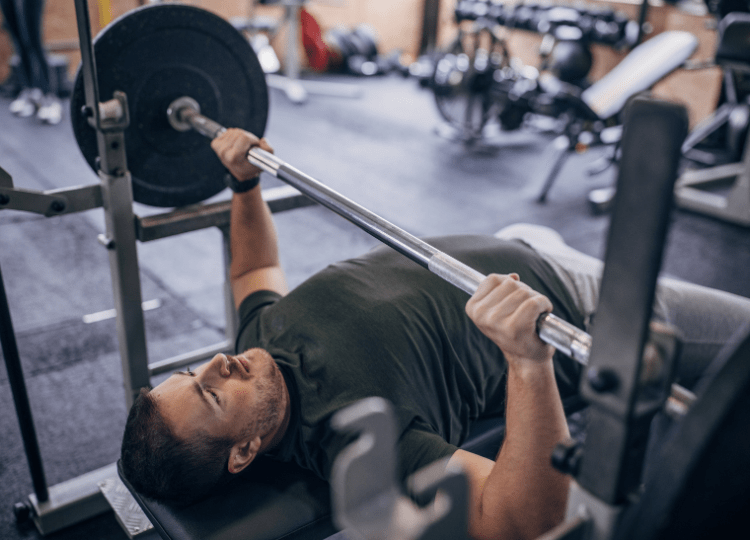Bench Basics: Foundation of Strength Training
Within any strength training setup, the bench serves as a core piece of equipment—supporting countless exercises across a wide range of fitness goals. Though deceptively simple, choosing the right bench can influence your workout effectiveness, progression, and versatility. From serious lifters sculpting muscle mass to beginners focused on compound movements, deciding between a flat bench and an adjustable one isn’t just about preference—it’s about aligning with your routine’s intent.
Comparing Utility: Stability vs. Flexibility
Flat benches have long been favored for their rock-solid support during heavy compound lifts. Because they don’t shift or tilt, they’re ideal when pressing substantial weight—particularly during flat barbell or dumbbell presses. On the other hand, adjustable benches introduce a spectrum of angles—incline, decline, and upright—making them an asset for those wanting more than just horizontal lifts. Factory Weights offers both configurations in various designs, ensuring accessibility for both garage gym lifters and commercial setups.
Strength-Focused Training: Simplicity Wins
For lifters who center their training on raw strength—bench presses, powerlifting movements, or foundational push-pull routines—a flat bench usually takes the lead. Its immovable design translates to better force transfer from the body to the bar, allowing heavier loads without instability. When the priority is to push maximal weight efficiently, fewer variables mean less distraction and better focus on the lift itself.
Hypertrophy and Muscle Targeting: Adjustable Shines
Those chasing muscle growth benefit from angle adjustments. Incline positions hit the upper chest and anterior deltoids with greater isolation, while a slight decline can relieve shoulder stress. An adjustable bench allows finer targeting of different muscle groups by changing angles, stimulating growth across a broader range of fibers. This nuance adds up significantly when crafting symmetry or addressing muscular imbalances.
Full-Body Training Potential: Versatility on Display
Beyond pressing, adjustable benches offer enhanced functionality for bodyweight and auxiliary movements. Seated curls, rear delt raises, split squats, or core work like Russian twists and decline sit-ups become viable with just one piece of equipment. While flat benches are superb for dips and step-ups, they simply can’t match the wide-angle variability. A gym aiming to cover multiple training styles—functional fitness, bodybuilding, or general conditioning—benefits more from a bench that adapts to changing needs.
Footprint and Durability: Practicality in Limited Spaces
When working within confined spaces, bench size and storage capacity matter. Flat benches are generally more compact, and their minimalistic design often means higher durability over time. Adjustable ones with moving parts and variable angles require more room and often weigh more. However, some modern designs incorporate foldability or locking mechanisms, addressing space concerns without sacrificing multi-use functionality.
Budget Considerations: Long-Term Value Over Initial Cost
Initial price can sway decisions, especially for home gym owners. Flat benches typically cost less, making them an attractive option for beginners or budget-conscious buyers. Still, adjustable benches—though more expensive—often reduce the need for multiple pieces of gear. If your training evolves frequently, spending a little more up front may save on equipment costs later.
Who Should Choose What?
Powerlifters, strength athletes, or those focused on foundational lifts might lean toward the simplicity and sturdiness of a flat bench. However, individuals engaged in hypertrophy training, varied routines, or fitness programs with changing demands will likely benefit more from an adjustable bench’s flexibility.
Align the Bench with the Mission
No bench is universally better. It comes down to how you train, what your priorities are, and how your space and budget align. Whether you prefer the minimalism of flat designs or the adaptability of adjustable builds, investing in quality—such as the range available from Factory Weights—ensures that your bench supports your goals now and into the future.
